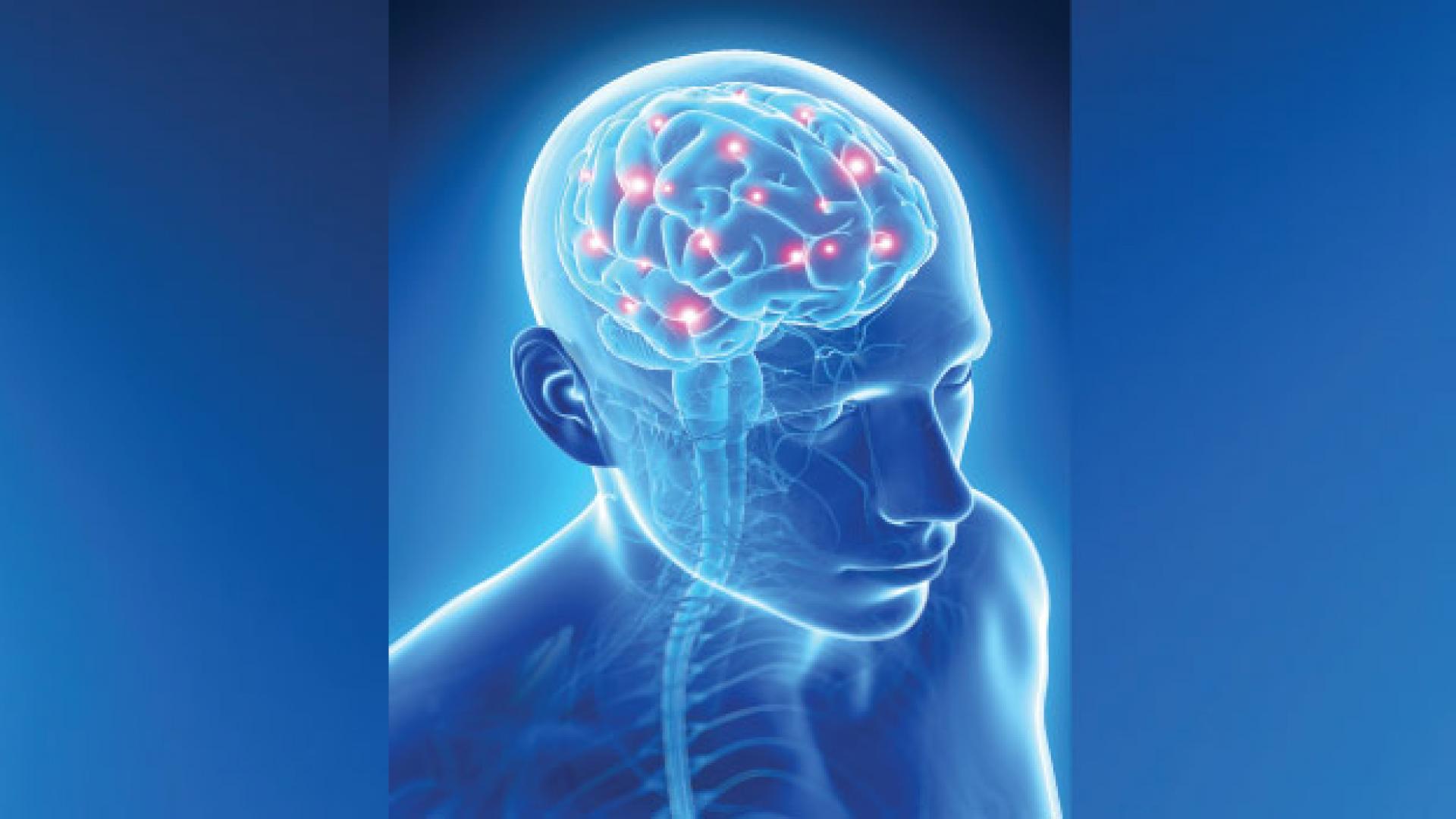© SCIEPRO/ SHUTTERSTOCK IMAGES
Analyzing brain activity across multiple subjects using sophisticated statistics has produced a model that better captures the diversity and dynamics of brain function. The method, developed by KAUST researchers, could help us better understand human cognition and identify the abnormal brain states that underlie many neurological diseases.
Neuroscientists use a noninvasive technique called functional magnetic resonance imaging (fMRI) to measure the activation of neurons in the brain by detecting localized changes in blood flow and blood oxygen in different brain regions. This has allowed researchers to see networked “communities” of neuronal clusters or nodes that are densely connected and respond to the same stimuli.
“The current state-of-the-art approach is to use a stochastic ‘block model’ to explain brain networks, which gives only a static description of brain function and is not realistic because brain function changes dynamically as the brain responds to new stimuli,” says group leader Hernando Ombao. “So we set out to develop a new unified statistical framework that can characterize the community structure of brain functional networks and help understand how they vary across individuals.”
Read the full article


